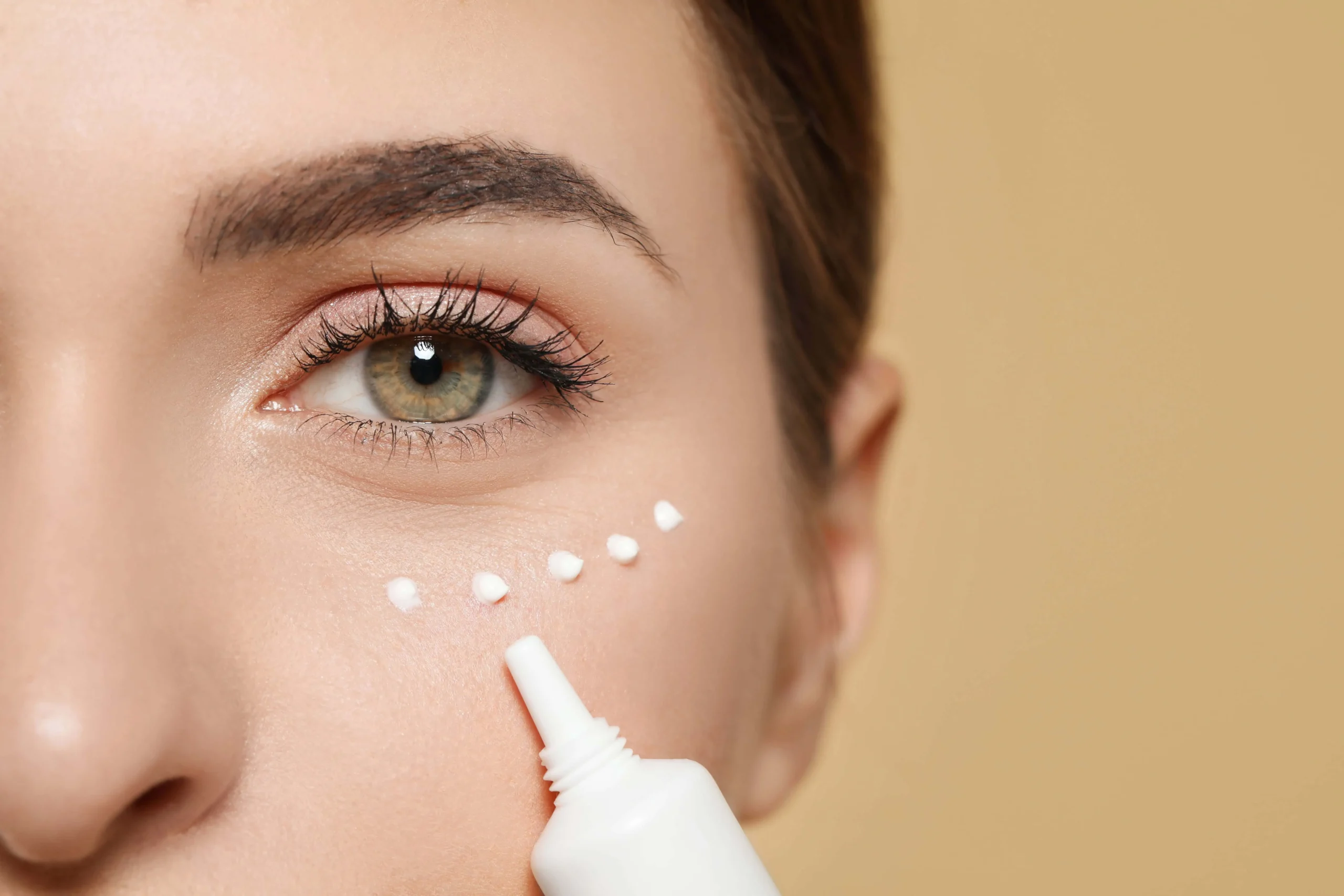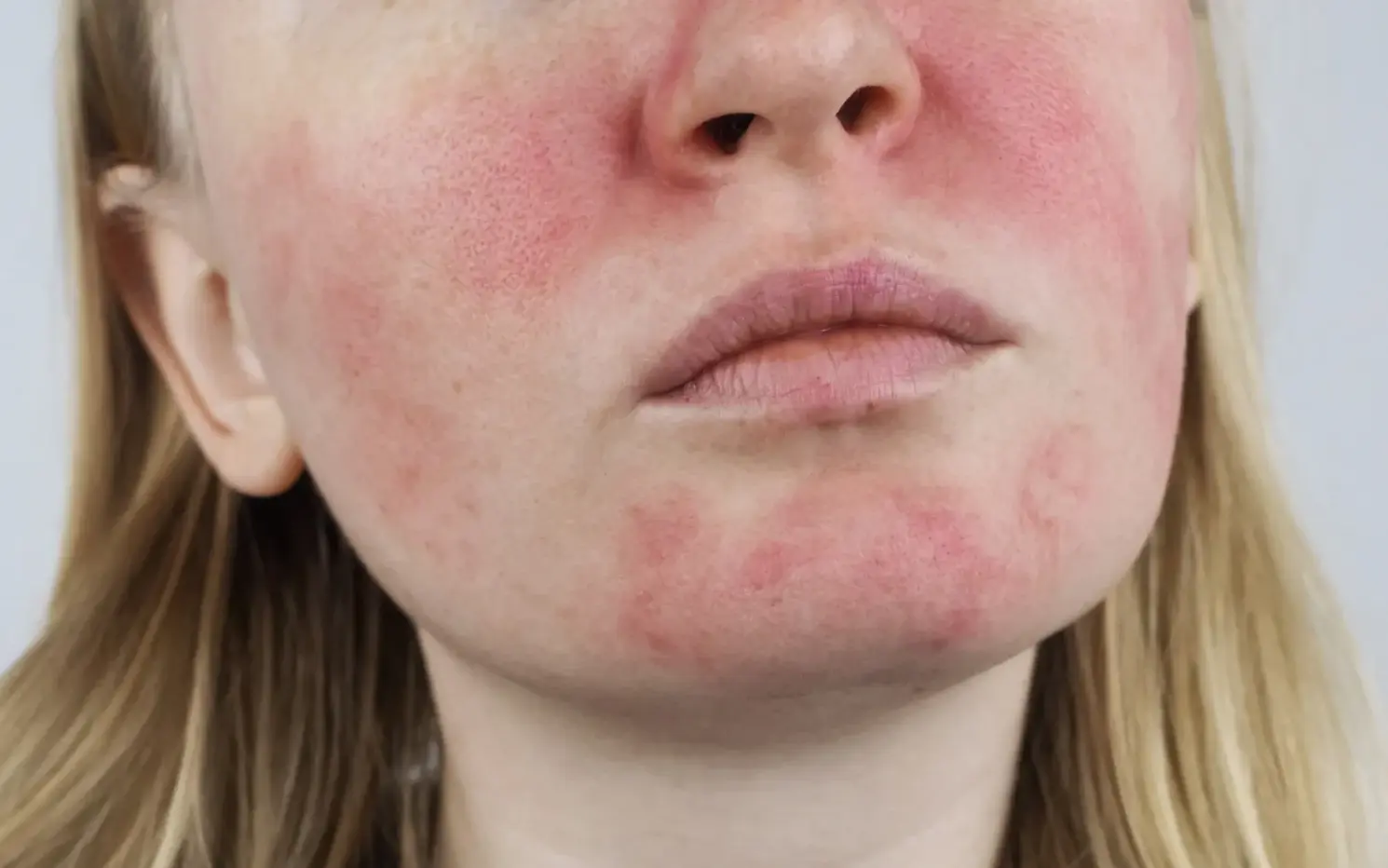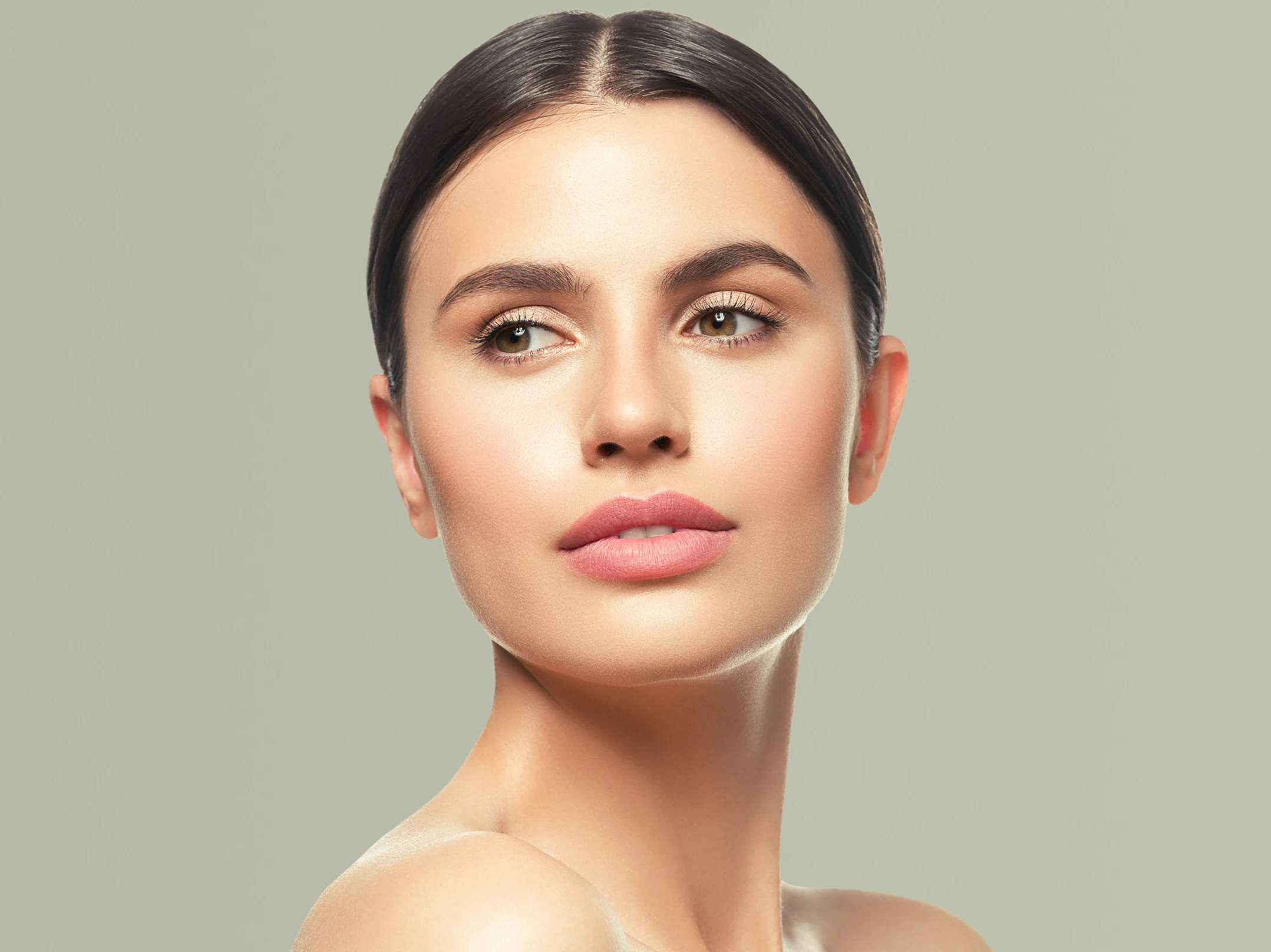Why do people love light therapy?
Light therapy has become very popular over the years. With many devices out on the market and services offered, it is hard to understand the differences between the various light therapies. Oftentimes, people are reluctant to use light therapies due to the idea that they are “damaging” to the skin. However, that is not the case when it comes to a red light or blue light therapies.
Different types of light therapies:
Ultraviolet B (UVB) is commonly associated with devices that have a shorter wavelength of 290nm to 320nm, causing more significant damage to DNA and placing one at a higher risk for burns and skin cancers. Ultraviolet A (UVA) has a longer wavelength of 320nm to 400nm, allowing for a slower aging process by targeting deeper damaged collagen bundles. Red light and blue light are visible light therapies that target different chromophores that absorb light through specific wavelengths and colors, allowing for a different effect on the skin.
What do red and blue light therapies do?
Red light therapy is a great anti-aging tool! It penetrates deeper into the skin, causing fibroblastic activity and stimulating collagen. The collagen boost helps prevent loss of elasticity and thickness for skin and decreases wrinkle formation. Red light therapy, in combination with infrared light therapy, can be used to stimulate hair growth by inhibiting the cells from entering the catagen phase in the hair cycle. The Catagen phase is the transition phase in the hair cycle, causing the hair to stop growing and become detached from the base of the follicle.
Blue light therapy has been shown to help with inflammatory acne. With the absorption of blue light, a chemical-like reaction with porphyrins occurs, resulting in the killing of bacteria and decreasing oil gland proliferation. Blue light should be avoided in the skin that’s more prone to pigmentation because it stimulates melanocyte activity, causing pigmentation to worsen.
Who is not a good candidate for a red light and blue light therapy?
Those with photosensitivity, taking photosensitizing medications, and having a history of disorders such as Polymorphous Light Eruption (PMLE), Porphyria, or Seizure should not use light therapies.
How long and often should one use light therapy?
There is no set amount of time or how long one should use light therapy, it varies depending on the device and company manufacturing it. Medical grade red light and blue light therapy is offered at GFaceMD and is a great way to tag onto any facial such as a hydrafacial or dermaplaning!





